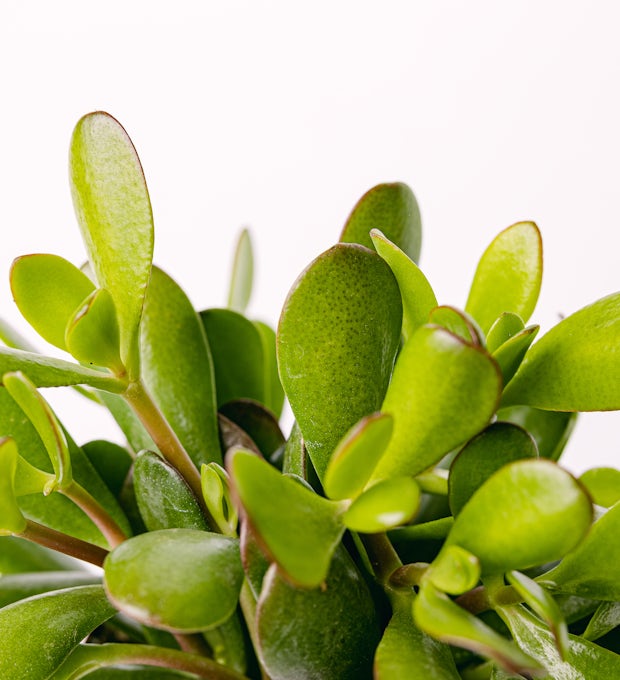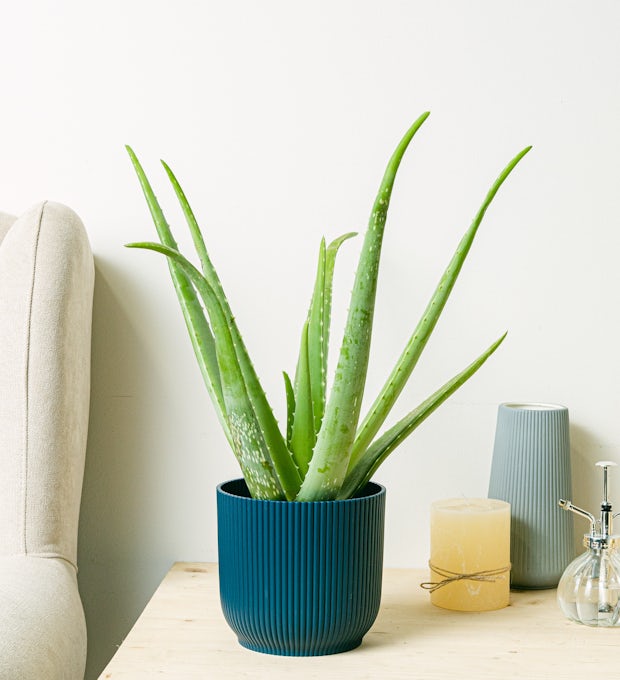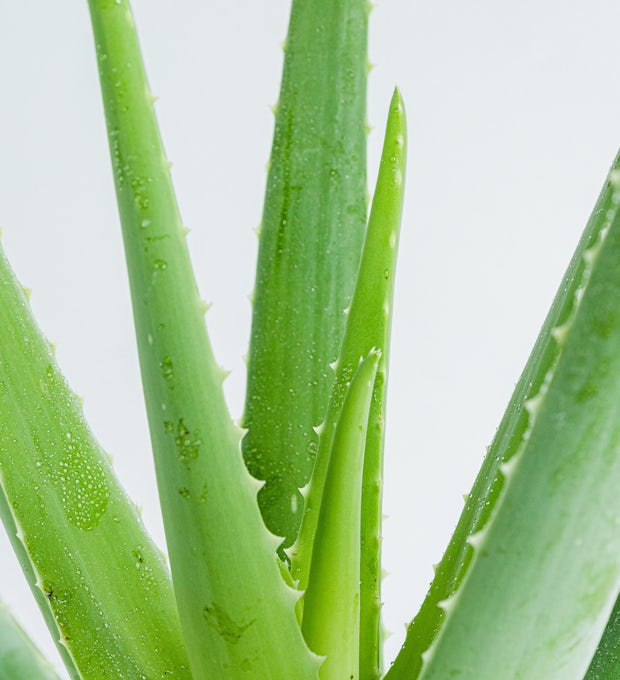Growing an African milk plant (Euphorbia trigona) in your garden can provide a unique eye-catching addition while also offering practical benefits. In this article, we’ll explore why this resilient plant deserves a spot in your outdoor space and how to care for it.
Also known by names like Euphorbia trigona and cathedral cactus, this succulent plant is native to tropical Africa. It features fleshy, triangular stems that resemble cactus pads. The stems produce a milky white sap when damaged, giving rise to the common name.
Mature African milk plants can reach heights over 10 feet tall in the wild. But when grown in containers pruning can keep them a more compact size. Their natural columnar shape makes them ideal for tight spots in the garden.
This exotic-looking plant has long been used by African cultures for traditional medicine. Today, it remains a popular houseplant. Let’s look at why it also deserves a spot outdoors.
Key Benefits of Growing African Milk Plant
Here are some of the top advantages of adding African milk plant to your garden:
Low Maintenance and Adaptability
The resilience of the African milk bush is impressive. It thrives in hot, dry conditions. Once established, it needs little watering or maintenance. The succulent stems efficiently store moisture.
These tough plants can tolerate some frost and recover from damage. Their resilience makes them ideal for beginner gardeners or anyone seeking low-maintenance greenery.
Aesthetic Enhancement
With its upright columnar shape and branching cactus-like pads, the African milk plant stands out in any garden. The striking form makes a unique living sculpture.
Position one in a decorative container by a seating area to create visual interest. The minimal care needs allow you to focus on enjoying the aesthetic charm it lends to your outdoor space.
Cultural and Symbolic Significance
In many African cultures, the milk plant holds symbolic meaning. It represents prosperity, fortune, and resilience. Growing this culturally significant plant can let you appreciate and share in its integral role in African traditions.
Useful Sap and Practical Applications
The milky white sap of the euphorbia trigona has a long history of practical uses. Traditional medical applications include treating skin conditions, relieving joint pain, and promoting digestive health.
Today, researchers continue to study the antimicrobial and anti-inflammatory properties of the plant sap. Although using the sap requires caution due to toxicity concerns, the multitude of traditional uses reveal the practical benefits of this unique succulent.
Drought Tolerance
The African milk plant is well equipped to handle drought, heat, and dry conditions. Once established, it has minimal water needs, making it ideal for arid climates or gardens prone to drought.
Position it in an area that receives at least 6 hours of sunlight daily, and this tough plant will thrive with only occasional watering. The drought-tolerant nature makes it perfect for sustainable, water-wise gardens.
Air Purifying Properties
Like many houseplants, the African milk bush naturally filters indoor air as it photosynthesizes. But did you know it can also help purify outdoor air?
Placing these plants around your garden helps remove pollutants and revitalize the surrounding atmosphere. It’s a simple way to contribute to a cleaner, healthier environment.
How to Grow and Care for African Milk Plant
If you’re ready to add African milk plant to your garden, here are some tips for getting started:
-
Choose a spot with full sun to partial shade. Avoid overly wet or shady areas.
-
Select a container with drainage holes if growing in a pot. Clay or concrete planters work well.
-
Use a sandy, well-draining potting mix. Cactus soil blends are ideal.
-
Water deeply only when the soil dries out. Avoid overwatering.
-
Liquid fertilizer applied monthly during the growing season will support growth.
-
Prune overgrown stems back to shape annually. Avoid pruning in winter.
-
Bring potted plants indoors if frost is expected. Mature plants can tolerate light frost.
-
Propagate by taking cuttings in spring or summer. The sap can cause skin irritation.
-
Watch for common pests like mealybugs and scale. Remove them promptly to avoid spreading.
With minimal care needed, the African milk plant is one of the easiest exotic succulents to add to your garden. Just be sure to wear gloves when handling, keep it away from kids and pets, and avoid ingesting the toxic sap.
Creative Ways to Use African Milk Plant Outdoors
Looking for some unique ways to showcase this standout plant? Consider these creative possibilities:
-
Create a living fence or privacy screen using a row of African milk plants. Prune and train them to the desired shape.
-
Flank an outdoor walkway or path with matching Euphorbia trigona in bold matching planters.
-
Let it steal the show as a standalone specimen plant in a decorative pot on the patio.
-
Contrast the rounded shapes with spiky agave and yucca for dramatic textures.
-
Group three or five together in a cluster for maximum visual impact.
-
Add height and drama to a succulent arrangement mixed with echeveria, aloe, and senecio.
-
Grow in matching containers and use as living architecture around an outdoor living space.
With its commanding form and succulent stems, the African milk plant always makes a statement in garden designs. Let it inspire you to find creative ways to include this exotic resilient plant.
The Final Takeaway
The benefits of growing African milk plant range from practical perks like low maintenance and purifying properties to aesthetic enhancements. This culturally significant, resilient succulent stands out with minimal care required.
For gardens short on time but not on visual drama, the African milk bush deserves consideration. Just be sure to site it wisely, handle with care, and let its exotic palette and sculptural presence elevate your outdoor space.
So if you’re seeking a unique, beginner-friendly garden addition, look no further than the Euphorbia trigona. With the proper conditions and occasional pruning, this modest marvel can become a long-lived living sculpture that attracts attention while requiring hardly any of your own.

Care and maintenance of the Milk Tree
Caring for and maintaining a Milk Tree in your home requires certain specific care to ensure its health and beauty. First of all, it is important to place it in a place that receives indirect light, as direct exposure to the sun can damage its leaves. Also, you should water it regularly, keeping the soil moist but not soggy. Avoid overwatering, as this can lead to the development of fungus and disease. It is also advisable to use filtered water or let tap water sit for 24 hours to remove harmful chemicals. Another important consideration is the temperature of the environment. The Milk Tree prefers warm temperatures, between 18°C and 24°C, so you should avoid placing it near cold drafts. It is also essential to fertilize it every two weeks during the spring and summer, using a balanced fertilizer for houseplants. In addition, you should be on the lookout for potential pests such as aphids or spider mites, and treat them appropriately if they appear. With this basic care and regular attention, your Milk Tree will be able to grow healthy and strong, beautifying your home with its lush greenery.




A touch of nature in your space
A touch of nature in your space Would you like to add a touch of nature to your home? The Milk Tree is the perfect option to beautify your space and create a connection with nature inside your home. With its bright green leaves and lush appearance, this tropical tree is capable of transforming any room into an oasis of tranquility and freshness. Not only does the Milk Tree bring aesthetic beauty, but it also has health benefits. Its leaves release moisture into the air, which can help improve the quality of the indoor environment. In addition, plants have been shown to have a positive effect on our emotional well-being, as they make us feel more relaxed and in touch with nature. If youre worried about the care and maintenance of this plant, dont worry. The Milk Tree is easy to care for and does not require great effort. Youll only need to provide indirect light, water it regularly but not excessively, and keep it away from cold drafts. The versatility of the Milk Tree is also remarkable. You can incorporate it into different spaces in your home, from the living room to the bedroom or even the bathroom. Also, you can opt for hanging planters or place it in a corner as a focal point. In short, if you want to add a natural and charming touch to your home, the Milk Tree is an ideal choice. Not only will it beautify your spaces, but it will also provide benefits for your health and well-being. Go ahead and incorporate it into your décor and enjoy the magic that this tropical plant can bring to your home.
How to Grow and Care for African Milk Tree
FAQ
What are the spiritual benefits of the African milk tree?
How often should I water an African milk plant?
How much does an African milk tree cost?
What garden plants benefit from milk?
How do you grow African milk tree in xeriscape?
Amend heavy clay soil for proper drainage or it may hamper the plant’s growth. Sandy and sandy loam soils help this plant thrive in a xeriscape environment. African milk tree grows best with a soil pH of 6.1 to 7.8. African milk tree doesn’t need much water.
Do African milk trees bloom outdoors?
Outdoor plants may bloom under the right conditions. Is African milk tree really a “tree?” When grown outdoors, this large succulent can take on its characteristic candelabra shape and grow up to 9 feet tall. For this reason, this plant is sometimes referred to as a “tree.”
How do you grow an African milk tree from seed?
As soon as you see root growth, transplant the plant into a slightly larger, 6-inch pot. Growing an African milk tree from seed is not recommended. The seeds are difficult to find and even more difficult and slow to germinate. Instead, propagate the plant using the cutting method above.
How long does it take to grow an African milk tree?
Place the pot in a warm area with sufficient light and a temperature between 65 and 75 F, but out of direct sunlight. The cutting should root within two months. As soon as you see root growth, transplant the plant into a slightly larger, 6-inch pot. Growing an African milk tree from seed is not recommended.
